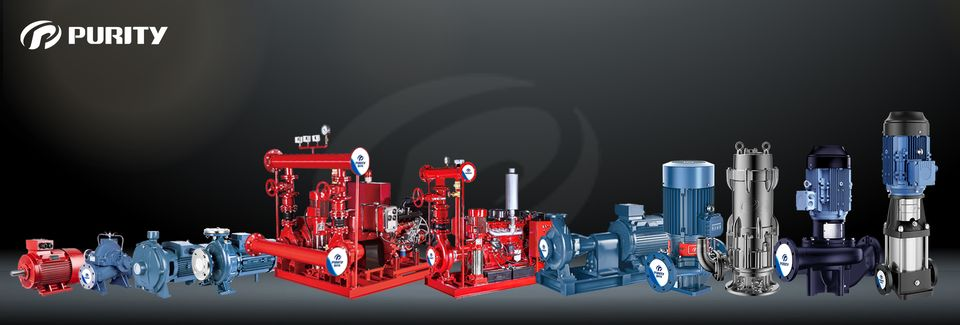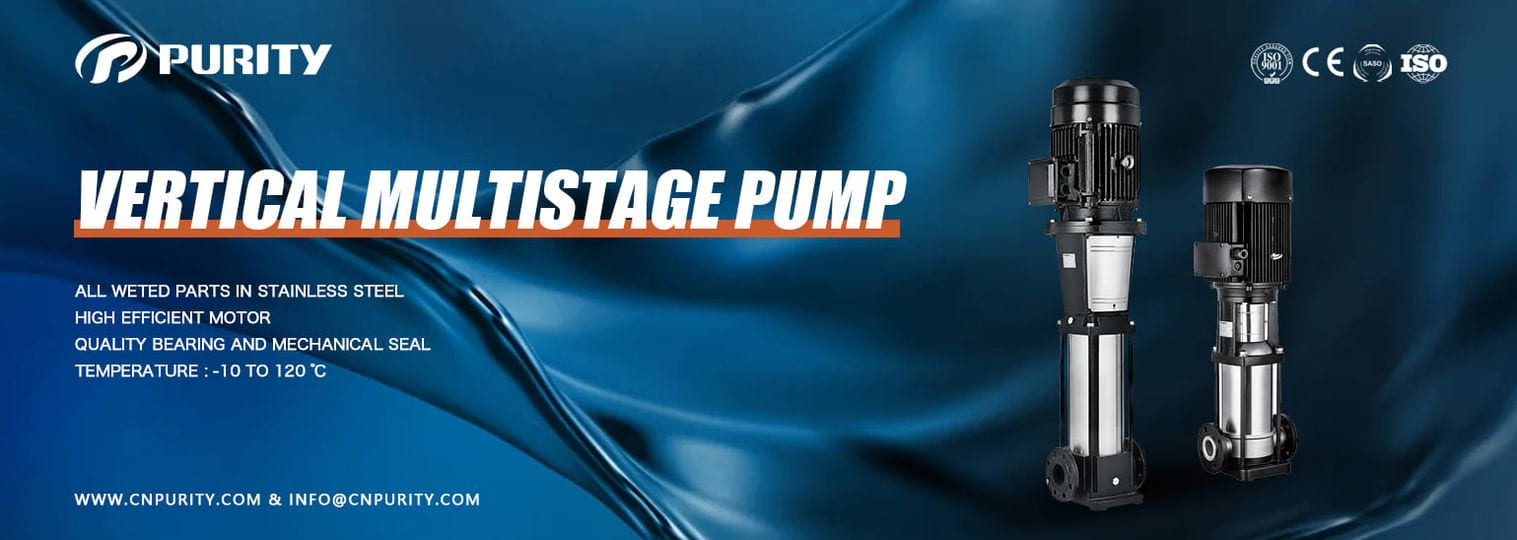A booster pump is an essential piece of equipment designed to increase the pressure of fluids, either liquids or gases, in various applications. Whether in residential buildings, commercial skyscrapers, industrial plants, or even in specialized equipment like fire sprinkler systems, booster pumps play a critical role in ensuring consistent and adequate fluid pressure. This article explores the various uses of booster pumps, how they function, and why they are indispensable in modern infrastructure.
One of the most common applications of booster pumps is in enhancing water pressure in buildings. In many areas, municipal water pressure may not be sufficient to meet the needs of modern plumbing systems, especially in high-rise buildings. As water is transported vertically to upper floors, pressure naturally decreases due to gravity and friction losses within the pipes. This can result in inadequate water flow and pressure on higher floors, causing problems like weak showers, slow-filling toilets, and malfunctioning appliances.
Booster pumps address this issue by increasing the water pressure as it enters the building's plumbing system. They are particularly vital in buildings with multiple floors, where the pressure required to deliver water to the top levels far exceeds what the municipal supply can provide. By using an electric motor to spin an impeller, the booster pump creates centrifugal force, which pressurizes the water, ensuring that every fixture, from the ground floor to the topmost level, receives adequate flow and pressure.

Figure | Purity Products
Beyond residential and commercial buildings, booster pumps are also crucial in supporting specialized equipment that requires a specific minimum pressure to function correctly. For example, fire sprinkler systems in multi-story buildings may need additional pressure to ensure water reaches the upper floors quickly in the event of a fire. Booster pumps, often powered by diesel engines or large electric motors, provide this necessary pressure boost, ensuring that the fire suppression system operates effectively during emergencies.
Irrigation systems, drinking fountains, and industrial processes also rely on booster pumps to maintain the required pressure levels. In these cases, the pumps help ensure that water or other fluids are delivered at the correct flow rates, meeting the demands of various equipment and processes that cannot function properly with insufficient pressure.
In some regions, the municipal water supply may simply not have the necessary pressure to service all the needs of a building, particularly in areas with aging infrastructure or where the water demand has increased beyond the capacity of the supply system. Booster pumps provide a reliable solution by compensating for the low incoming pressure and delivering water at the desired pressure throughout the building. This is especially important in areas where new building codes and plumbing standards require higher flow rates than older systems were designed to handle.
Booster pumps are not limited to liquid applications; they are also widely used in gas pressure boosting. In industrial settings, gas booster pumps are employed to increase the pressure of gases like air, oxygen, or helium for various purposes. For instance, in breathing gas systems for underwater diving, booster pumps are used to compress gas mixtures to the required pressure levels, ensuring divers have a reliable supply of breathable air at the depths they operate.
Gas booster pumps can be single-stage or multi-stage, depending on the pressure increase required. Single-stage pumps are simpler and suitable for moderate pressure boosts, while multi-stage pumps can achieve significantly higher pressures, often necessary in industrial processes or specialized equipment like helium reclaim systems.

Figure | Purity Booster Pump PVT/PVS
The choice of a booster pump depends on several factors, including the required discharge pressure, flow rates, and the specific needs of the application. Single-stage centrifugal pumps are often sufficient for smaller residential buildings or applications requiring moderate pressure increases. However, for larger buildings or industrial applications demanding higher pressures, multi-stage pumps, particularly those made of stainless steel, are preferred due to their ability to handle high pressures and their resistance to corrosion.
Proper selection and installation of a booster pump are crucial to ensuring efficient and reliable operation. Oversizing or undersizing a pump can lead to operational issues, such as excessive energy consumption or inadequate pressure delivery. Therefore, it is essential to consult with qualified engineers who can perform the necessary calculations and recommend the appropriate pump for the specific application.
Booster pumps are vital components in modern infrastructure, addressing the challenges of inadequate fluid pressure in a wide range of applications. From ensuring consistent water pressure in high-rise buildings to supporting critical equipment like fire sprinkler systems and industrial gas compressors, these pumps play an indispensable role in maintaining the functionality and safety of our built environment. By carefully selecting, installing, and maintaining the right booster pump, buildings and industrial facilities can achieve the necessary pressure levels to operate effectively, ensuring reliable performance for years to come.